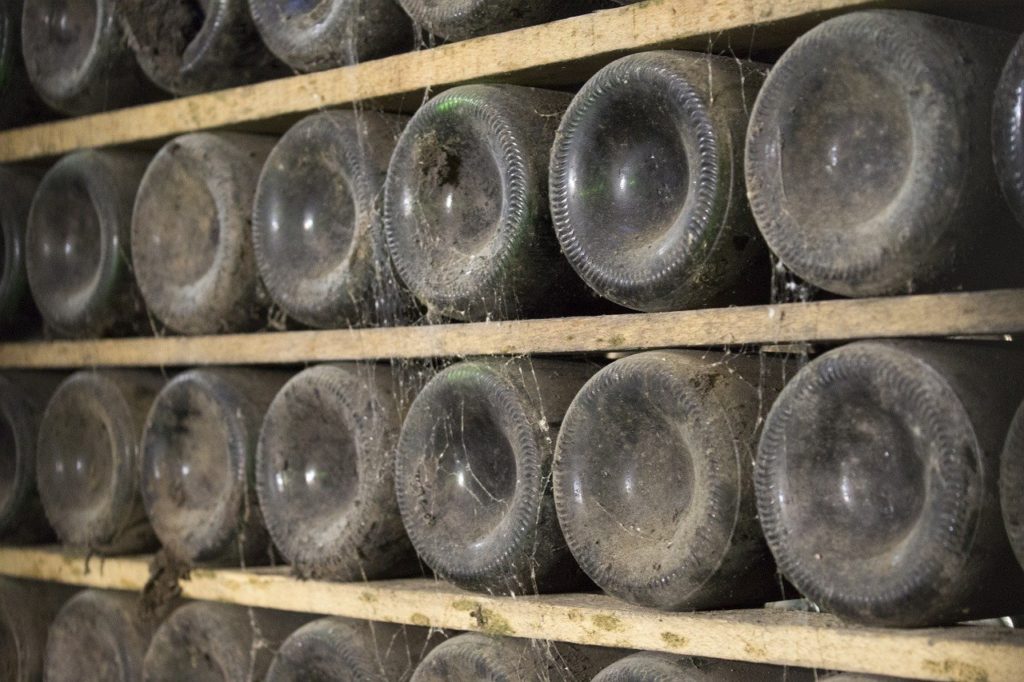When it comes to fine wine investment, there’s one golden rule – don’t drink your collection! It’s one of the few asset classes that can’t be used in some way. Even with fine art collecting, you can generally look at your purchases. But serious fine wine investors store their wine in bonded warehouses.
Fine wine investment and bonded warehouses
Bonded warehouses are licensed by the Government, and the wine stored in them is therefore exempt from VAT (value added tax). Wine stored in bond means the bottles are stored safely in a controlled environment, and any wines not aimed at the UK market avoid customs duty.
Wine collectors who choose to sell ‘in bond’ is usually sold in the standard 12 bottle case. However, there are exceptions to this. Collectors with wine stored in bonded warehouse accounts can also get condition reports for a fee. The fee is usually relatively small, and certainly makes sense if you have a collection worth thousands of pounds.
There are, of course, fees and insurance costs when you choose to store wine in bonded warehouses. And, should you choose to drink it after all, you can arrange for bonded delivery. This will mean that you will have to pay VAT and customs duty. The VAT will be charged at a rate based on the original price of the wine rather than its current value.
Follow the global marketplace listing for trading wine
Of course, the idea of fine wine investment is to ensure your assets are increasing in value. You’re not looking to enjoy drinking the wine but making as much money as possible on your chosen asset class.
The global marketplace for wine trading is called Liv-ex. Following this regularly will help you keep on top of the wines that are hot right now. According to the Liv-ex Fine Wine 1000 wine index, the top one thousand bottles have increased in value by 48.35% since 2014. While that sounds very encouraging, it’s worth noting that the index has only gone up by 0.11% during 2019.
Which wine regions should you invest in?
Traditionally, Burgundy and Bordeaux have been popular regions for fine wine investors and collectors. The Liv-ex Burgundy 150 index shows that Burgundy has gained by 94.9% over the five years. And in 2018, a bottle of burgundy made a record smashing £434,850 ($558,000) at Sotheby’s. The bottle of 1945 Romanee-Conti wasn’t alone, with another bottle selling at the same auction for almost as much (£386,533/ $496,000).
After such highs, perhaps it’s not surprising that the French fine wine market is showing signs of fatigue. In the 12 months up to the end of June 2019, the index dropped by 6.2%.
Head for Italy for Tuscan and Piedmont wines
As for wines that are worth investing in right now, Italian wine is always a good bed. There is evidence to show that wine has been made in Italy for at least six thousand years. But when it comes to the investment market, Italy is relatively new. Just like France, the Italian wine market is dominated by two regions – Piedmont and Tuscany.
Examples of wines known as ‘super Tuscans’ include Sassicaia. The most coveted wines from Piedmont are probably Barbaresco and Barolo. In terms of the Liv-ex indexes, the Italy 100 was the highest performing. It gained 3% and while it’s not the best yet, it is definitely worth considering for wine investors.







